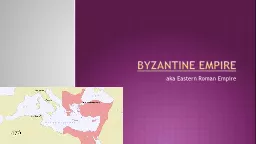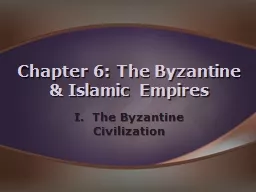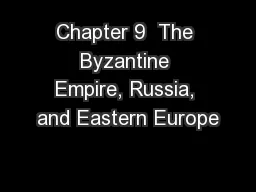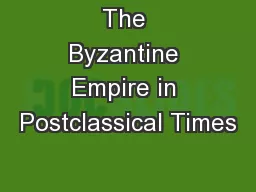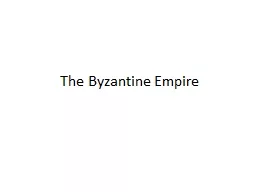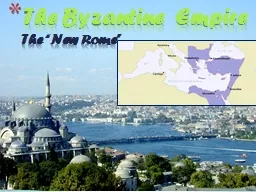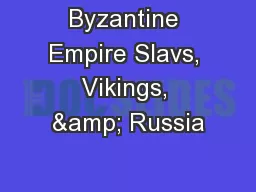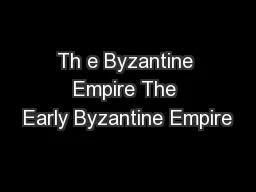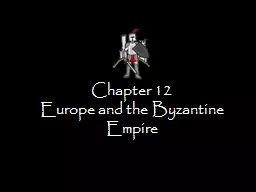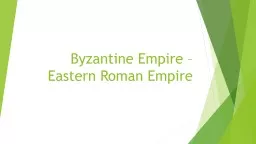PPT-Byzantine Art
Author : sherrill-nordquist | Published Date : 2016-05-08
Early Byzantine 500726 Iconoclastic Controversy Iconoclastic Controversy 726843 MiddleHigh Byzantine 8431200 Medieval Crusades Late Byzantine 12001453 Ottoman Conquest
Presentation Embed Code
Download Presentation
Download Presentation The PPT/PDF document "Byzantine Art" is the property of its rightful owner. Permission is granted to download and print the materials on this website for personal, non-commercial use only, and to display it on your personal computer provided you do not modify the materials and that you retain all copyright notices contained in the materials. By downloading content from our website, you accept the terms of this agreement.
Byzantine Art: Transcript
Download Rules Of Document
"Byzantine Art"The content belongs to its owner. You may download and print it for personal use, without modification, and keep all copyright notices. By downloading, you agree to these terms.
Related Documents


